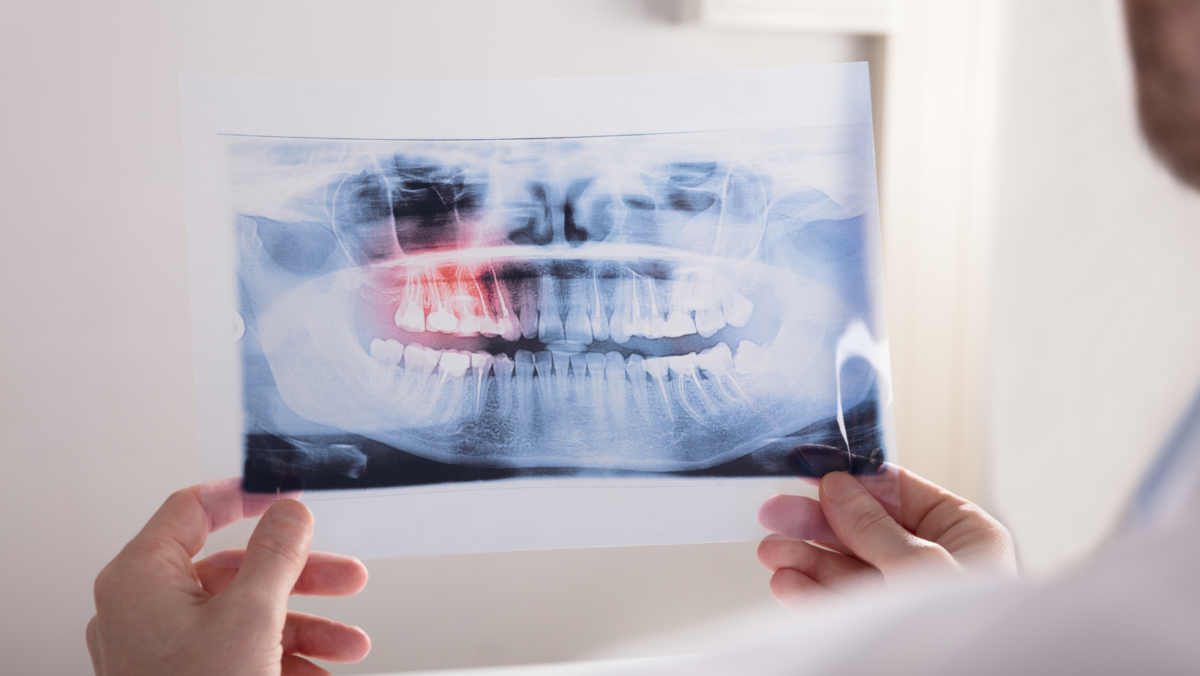
At any sporting or athletic event, from the recreational to the professional level, there is always a chance of injury to the teeth and mouth of participants. Dental injuries can range from a chipped tooth to fractured and displaced teeth. Although dental injuries are quite common, most can be easily prevented with the simple use of a mouth guard.
Tooth fractures
A tooth fracture, one of the most common injuries to the teeth, often occurs during a blow to the upper or lower jaw. Fractures of the teeth can result in bleeding, which is often a sign of the severity of the fracture. Uncomplicated fractures occur when a small piece of the tooth breaks, but it does not result in bleeding. This kind of fracture does not require immediate evaluation by a dentist, but the athlete should see the dentist within 24 to 48 hours after injury. To save the fractured portion, the broken piece can be stored in a clean plastic bag and taken to the dentist for possible gluing back in place or the tooth can be capped.
Complicated fractures occur when a large portion of the tooth breaks and the pulp becomes exposed (Fig. 1). Typically, a complicated fracture results in bleeding, and the exposed pulp chamber causes a great deal of pain. A rare but serious, root fracture occurs below the gum line and may not result in displacement of the tooth, but will cause bleeding and a great deal of pain. Use gauze to help control the bleeding and if the tooth is pushed back, it should be left in that position for the dentist to reposition.
Tooth displacements
Subluxation, luxation, and avulsion tooth displacements occur during a direct blow to the mouth as well. A subluxation occurs when the tooth remains in its normal place and is only slightly loose. A luxation occurs when the tooth becomes extremely loose and has been pushed forward or back. The athlete should see a dentist as soon as possible after a subluxation or luxation injury. An avulsion occurs when the tooth has been knocked all the way out of the socket (Fig. 2). If the tooth has been knocked out of the mouth it should be rinsed with clean water or saline, but it should not be scrubbed or wiped off. The tooth should be stored in a commercial product, such as Save-A-Tooth® or EMT Tooth Saver,® or if those are not available, it should be stored in milk or saline. If none of these options are available and the athlete is conscious, the tooth can be placed inside the cheek. With an avulsed tooth, the athlete should immediately be transported to a dentist because the longer the tooth remains out, the less chance it has of surviving.
 The mouth guard
The mouth guard
All of the above dental injuries can be prevented with the use of one simple piece of equipment, the mouth guard. There are 3 main varieties of mouth guards. The first and least ideal, ready-made mouth guards are relatively inexpensive, but they offer the least amount of protection and are typically uncomfortable for the athlete. Often, the athlete must clench his or her teeth together to keep the mouth guard in place, which limits the athlete’s ability to speak and breathe properly. The next option, the self-adapting or boil-and-bite mouth guards are relatively inexpensive, but they have a better form and are more comfortable to wear. Although they are inexpensive, they do offer better protection than the stock model but over time the self-adapting mouth guard begins to lose its shape and effectiveness. The final option, custom-made mouth guards, are the most highly recommended but also the most expensive option. A dentist forms a custom mouth guard by taking an impression of the mouth and then forming the mouth guard to fit the mold. The custom fit mouth guard is the most protective as well as the most durable. Regardless of the type of mouth guard used, it should not be cut down or altered because modifications can ruin the protective design.
Although dental injuries make up a small percentage of athletic injuries, the cost of treating these injuries is high and disproportionate to the number of injuries. Since mouth guards became mandatory for football players in both high school and college in 1962 and 1974, respectively, the rate of injuries to the face and mouth dropped from up to 50% of all injuries to .5%.
Author: Eric North, ATC | Columbus, Georgia
Last edited on November 9, 2021